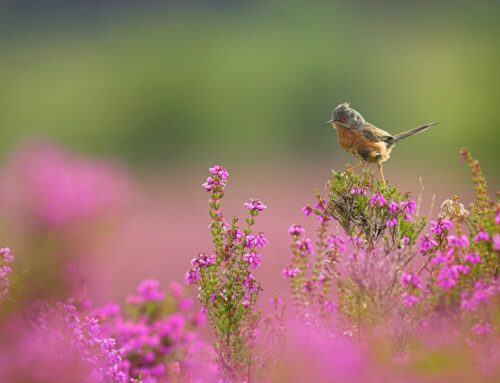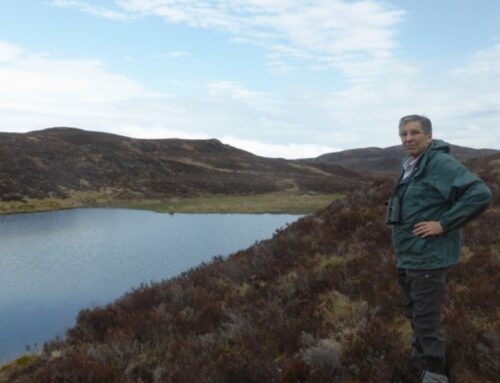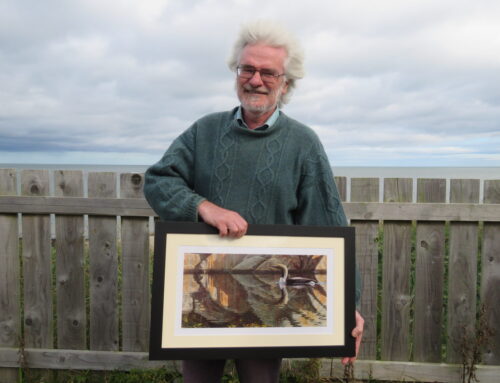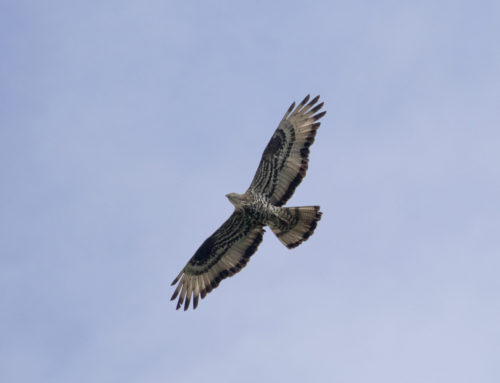Breeding Fieldfare in the UK; a status review and request for additional data
Edit: please note this is a request for records of Fieldfares seen in the breeding season – in suitable breeding habitat from May onwards – not Fieldfare in the winter when they are common and widespread!

Fieldfare; Ian Francis
The Fieldfare has never been more than a very rare breeder in the UK, but has become rarer still in recent years and is now only reported breeding occasionally. Panel member Prof David Norman, author of the Hamlyn Species Guide on the species (1994), is leading a review of the status of Fieldfares to be published in British Birds in 2024. In my role as Panel archivist, I have been checking through our records in preparation for this review and it is clear that not all records of potential breeding Fieldfares were submitted to the Panel in the past, possibly because some were overlooked as ‘just summering’ birds.
We would therefore like to appeal to the birding community to send in records of potential breeding Fieldfares that they think may have not been submitted previously to assist with this review. We have also been in touch with the county and regional bird recorders to check their databases for records which may not have been submitted. Below we give some background and pointers as to the type of data we would like to receive.

Potential Fieldfare breeding habitat – conifer plantation with adjoining rough pasture and damp rushy areas
Fieldfares are of course mainly winter visitors to the UK, with the main arrival being in October and November, though early arrivals are sometimes recorded in coastal locations from August. Departure occurs through April with some stragglers still present in May. However, breeding behaviour has been recorded in the UK from late April through to early August, so there is some overlap in dates.
From the more than 400 records we have on file, covering the period 1973 to 2022, there is a preponderance of records from upland areas of Scotland and northern England, with Borders, Cumbria, Derbyshire, Highland, North-east Scotland, Northumberland, Shetland each having over ten qualifying records each. The sites tend to be above 200m asl and are often in remote moorland areas along the edge of plantations. Any record of a single Fieldfare (or a pair) in the period May to July from such areas could refer to potential breeding. Alarming birds are of particular interest, as they suggest they have a nest nearby and perhaps fledged juveniles. We have had records of agitated pairs in the last week of April in some years, adults seen carrying food into woodland from early May onwards and recently fledged juveniles being fed by adults also seen in May.
However, note that records of small flocks in spring are more likely to be birds on passage; similarly coastal birds at known migration hot spots (such as observatories) in spring or from late July onwards are also likely to be migrating birds. Nesting at coastal sites is not unknown, however, so if the circumstances suggest breeding may have occurred, please forward those records too.
You can check what the RBBP has on file here – this is an extract of all the Fieldfare accounts from our annual reports. Note that similar outputs can be produced for any species on the RBBP list from our online “explore reports” function at https://rbbp.org.uk/explore-reports/.
Please send all information to the RBBP secretary, Dr Mark Eaton, at secretary@rbbp.org.uk. Where possible please include the location, with at least a 4-figure grid reference, the date (or dates) of observation, and any information which will enable us to classify the record; e.g. “one in suitable habitat along the edge of upland plantation on 3rd June” (= possible breeding)’; “pair calling anxiously on 3rd May” (= probable breeding); “adult carrying beakful of food from sheep pasture into small shelterbelt on 1st July” (= confirmed breeding).
All records we receive will be shared with the relevant county recorders so they can be incorporated in county archives as well as the secure RBBP database. Many thanks for any help you can give.






